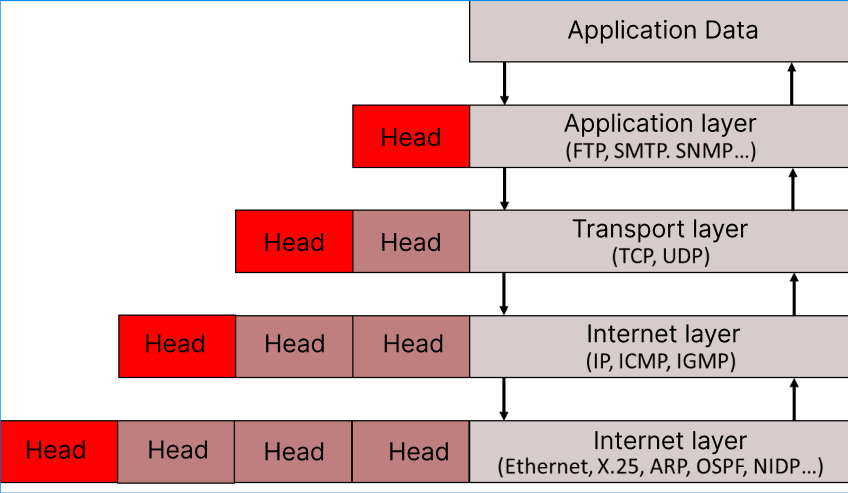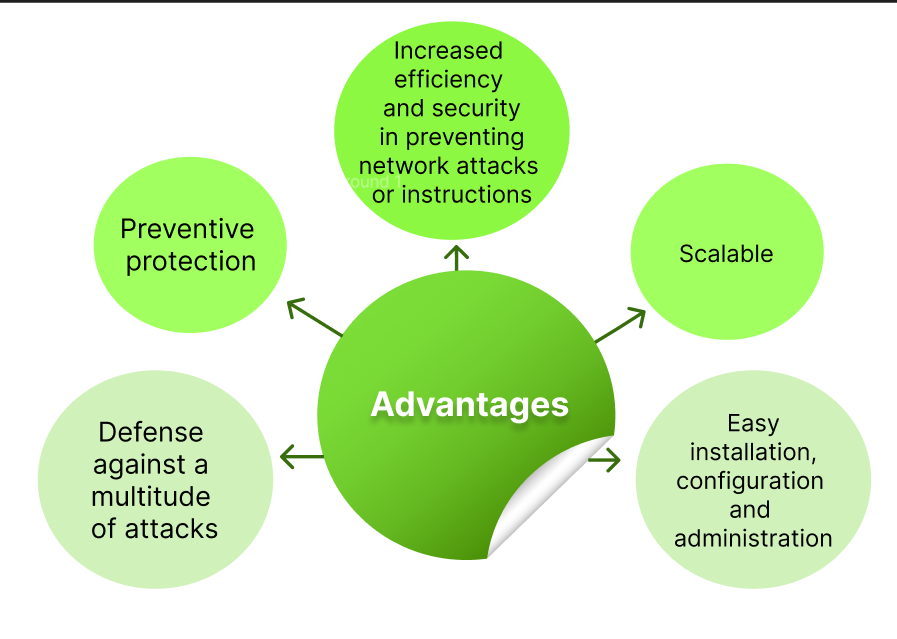Intrusion Prevention Systems
In an increasingly digital world, cyber threats constantly concern organizations. Intrusion Prevention Systems (IPS) are a crucial response to this challenge, acting as proactive defenders in network security. Unlike Intrusion Detection Systems (IDS), which only detect and alert about potential threats, IPS are designed to identify and neutralize intrusions in real-time.
What is an Intrusion Prevention Systems (IPS)?
IPS are hardware or software devices responsible for reviewing network traffic to detect and respond to potential attacks or intrusions. Their response consists of discarding or modifying packets from the attack to nullify its purpose. This behavior classifies them as proactive devices due to their automatic reaction to anomalous situations.
Differences between IPS and IDS
While an IDS is limited to detecting and notifying the system administrator of the intrusion, an IPS detects and stops the intrusion in a predefined manner. This is achieved by checking network behaviors previously configured as anomalous. This immediate action capability distinguishes IPS as a natural evolution of IDS, which merely observe and report.
How IPS Works
IPS resemble the behavior of firewalls, as both make decisions about accepting packets into a system. However, firewalls base their decisions primarily on packet headers (network and transport layers), while IPS consider both the headers and the content of the data packet. This allows for a more comprehensive view of network operations, providing information about malicious activities, bad connections, inappropriate content, and other functions with minimal oversight.

Packet headers and content depending on the protocol.
The main features of IPS include:
- Automatic incident response capability.
- Application of new filters as attacks are detected in progress.
- Automatic blocking of real-time attacks.
- Reduction of false network attack alarms.
- Protection of unpatched systems.
- Optimization of network traffic performance.
Types of IPS
The different types of IPS are primarily distinguished by their location and focus:
- Host-based IPS (HIPS): Reside on a specific IP address of a single machine and prevent potential attacks on the host.
- Network-based IPS (NIPS): Monitor the network for suspicious traffic.
- Wireless Network-based IPS (WIPS): Monitor wireless networks similarly to how NIPS monitor LANs.
- Network Behavior Analysis-based IPS (NBA): Examine network traffic to identify threats that generate unusual traffic, such as DoS attacks or malware.
Comparison: NIPS vs. HIPS
- HIPS: Can handle encrypted and unencrypted traffic alike, as they analyze data after it has been decrypted on the host. However, they use the host's processor and memory, which can impact performance.
- NIPS: Can detect scattered events across the network and react easily, but do not impact host performance as they operate independently of host hardware.
Evolution and Categories of IPS
The evolution of IPS has followed two historical generations:
- First generation: Upon detecting an attack from a specific IP address, they would discard all packets from that address, regardless of their involvement in the attack.
- Modern generation: Capable of discarding only the packets related to the identified attack, allowing legitimate traffic from other packets originating from the attacker's IP.
There are five categories of IPS based on their function, capabilities, and location within the network architecture:
-
Inline IPS: Are the evolution of signature-based NIDS and function as a bridge at layer two, inspecting all packets for signatures. They can automatically log detected anomalies and allow the passage of a packet by altering its content to thwart an attack without alerting the attacker. This process is done through scrubbing, which detects errors via checksum verification or redundancy with data copies.
-
Application Layer Switches (Layer 7 of the OSI model): Although switches typically operate at layer 2 (link), there are also layer 7 switches due to the high demand for bandwidth. Their main function is to balance the load of distributed applications across multiple servers, making routing decisions based on application layer data content. Similar to a load balancer, they can block attacks, positioning themselves generally in front of firewalls to protect the entire network.
-
Application Firewalls/IDS: Known as HIPS, these are installed on each host to be protected and require a training phase to identify normal operating patterns on the host. Through this training, a profile of frequent relationships between applications and system components is created. By relying on anomaly detection rather than signature matching, they can prevent recent intrusions for which specific signatures have not yet been defined.
-
Hybrid Switches: Combine characteristics of HIPS and application layer switches. They are based on behavior pattern analysis, offering a particular strength in detailed knowledge of acceptable traffic.
-
Deceptive Applications: This technology analyzes all network and device traffic to understand allowed and correct traffic. Upon detecting unauthorized traffic, they send a marked response to the attacker, allowing the identification and blocking of more traffic from the same source.
Benefits and Challenges

Advantages of IPS
IPS offer several important benefits:
- Real-time response: Act quickly to mitigate threats before they cause damage.
- Proactive protection: Identify and block emerging threats without manual intervention.
- Reduction of false positives: Through continuous adjustment and learning, IPS reduce unnecessary disruptions.
Implementation Challenges
- False positives and negatives: A poorly configured IPS can react to nonexistent threats or fail to detect real threats.
- Cost and complexity: Implementing and maintaining an IPS can be costly and complex, especially in large networks.
Emerging Trends
- Artificial Intelligence and Machine Learning: The integration of AI and ML in IPS is improving their ability to detect anomalous patterns and predict future threats.
- Cloud-based IPS: Offer a scalable and flexible solution, allowing organizations to protect themselves without significant infrastructure investment.
Conclusion
Intrusion Prevention Systems (IPS) are an essential part of modern cybersecurity, providing proactive defense against complex threats. Although they face challenges such as managing false positives and implementation costs, their ability to respond quickly to emerging threats makes them indispensable in any comprehensive security strategy.